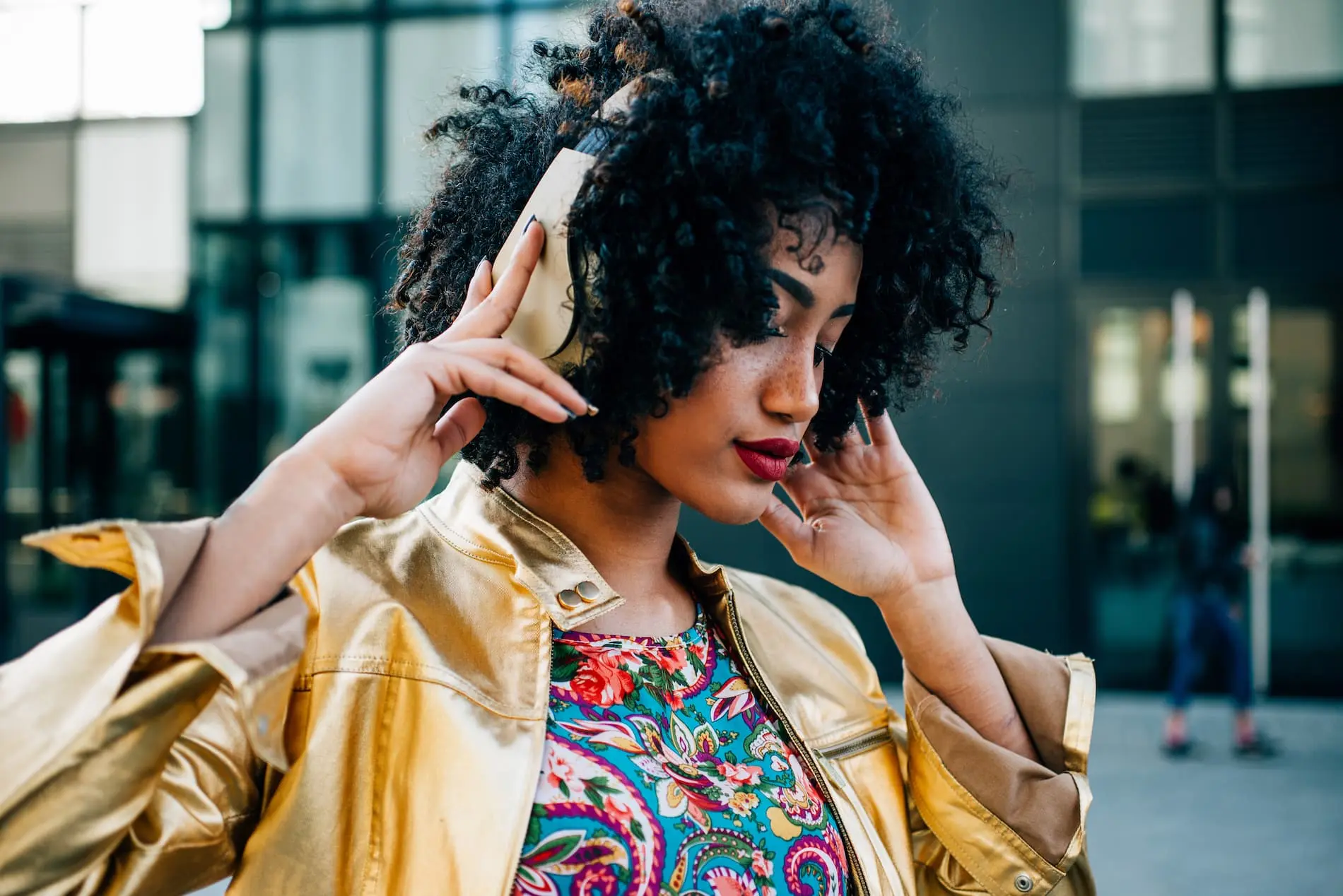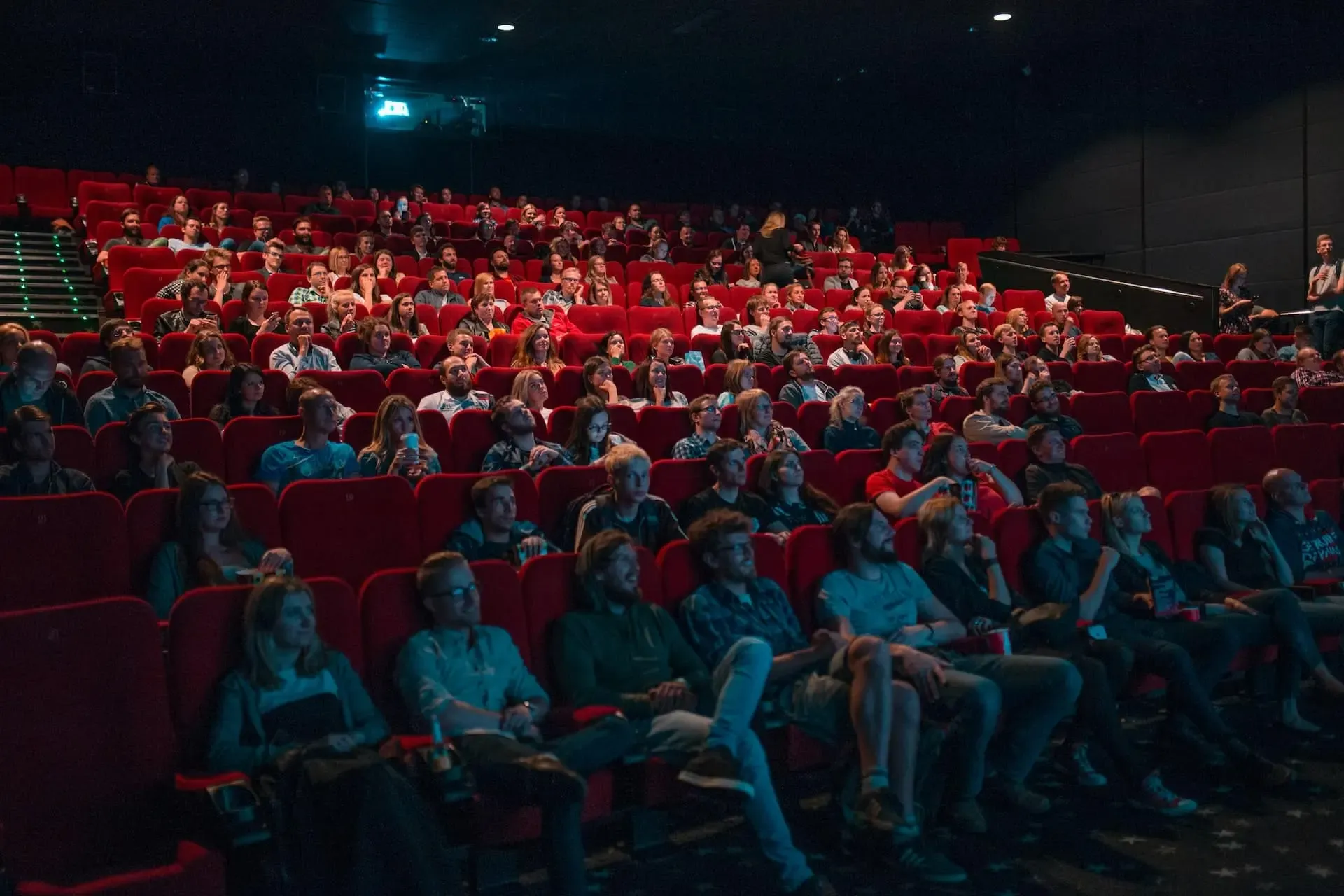How the soundtrack can make or break your content
Music is one of life’s greatest joys. It soundtracks big-budget movies, video games, TV commercials, social media videos, digital ads… music is everywhere and everything, but what role does it play in content creation? Spoiler alert: bad music kills good video.

Music is one of life’s greatest joys. It soundtracks big-budget movies, video games, TV commercials, social media videos, digital ads… music is everywhere and everything, but what role does it play in content creation? Spoiler alert: bad music kills good video.
Why is music so important in video?
Let’s clear something up: Music isn’t something that just happens in the background. Just because you can’t see it, doesn’t mean it should play second fiddle to other elements of your content. The importance of a good soundtrack is the same as choosing the right camera, video editing software or performer. It’s a vital part of your content.
The power of music in film, TV and short-form content is huge. It can make or break your video. If you soundtracked a horror movie with a ukulele, you’d struggle to scare anyone; if your YouTube workout featured low-tempo folk music, chances are it wouldn’t get people’s blood pumping.

Music makes your content pop
Music helps tell your stories, no matter which medium. Of course, Hollywood producers cough up crazy money to soundtrack their blockbusters – AC/DC’s ‘Thunderstruck’ reportedly costs $500,000 to license! – but social media platforms are taking more notice nowadays.
They’ve realized that the perfect soundtrack can elevate a piece of content, and as a result, they’ve placed more importance on the soundtracks to creators’ breakout hits. That’s how you end up with something like TikTok Viral Sound, which gives a granular, constantly updating chart featuring popular and breakout tunes on the platform. You’ve also got Meta’s Music Revenue Sharing tool, offering creators a chance to monetize content containing music.
When people get it right, they really get it right. Look below. You know this video. Guy skateboarding to Fleetwood Mac, not a care in the world, evoking fuzzy feelings of nostalgia during a time when everyone was dealing with a global pandemic. It’s pure escapism in the same way ‘Mamma Mia!’ movies are. This is one of the biggest TikToks ever, and the music is the reason.
@420doggface208 ♬ Dreams (2004 Remaster) - Fleetwood Mac
Same goes for big commercial productions, too. Remember the Jean-Claude Van Damme Volvo ad? Of course you do. Enya’s ‘Only Time’ made that commercial. Sure, it would be pretty impressive on mute – ouch, is all we can say – but the music took it to the next level.
It’s not just mega-famous tracks that make for great content, though. Social media superstar, Epidemic Sound ambassador, and creator of the ‘Living Alone Diaries,’ Michelle Choi, uses royalty-free music to soundtrack her YouTube videos. More on royalty-free music and how it works later, though.
The point is, you don’t have to spend half a million bucks to find the perfect soundtrack. You can use Epidemic Sound instead. Check out our catalog of 50,000 tracks and 200,000 unique sound effects and variations below.

Does music affect people’s emotions?
Music has the power to change people’s lives. The tracks you choose, where you place them, and how you use them will impact your viewer’s experience. There’s a reason why people call music ‘the universal language!’
Music helps set the mood and lead the viewer
A successful soundtrack will give the viewer a chance to buckle up for whatever emotions they’re supposed to feel. A swelling, emotional score might prepare them for something suitably epic, or even something that will move them to tears. A big-beat techno tune is going to gear them toward feeling excited.
Music literally affects your brain. Research shows that when we listen to pleasurable music, our brains release dopamine – the ‘feel-good’ chemical. A well-placed track can even affect how things taste. High-pitched sounds can enhance sweetness, while lower-pitched music brings out bitterness.
On top of that, around 50% of people get the chills when listening to music. That’s not a figure of speech; a dopamine overload causes this physical reaction.

Can music help you appeal to a target audience?
Depending on whom you want to target and why, you can tailor the track to appeal to your demographic. For example, a neutral, low-key track might be better for something with broader appeal, whereas a nostalgic nineties bop could work a treat for content aimed at a Gen Z audience. Sometimes, you need to get even more specific – research shows that most 18-to-25-year-olds don’t even believe in mainstream pop culture, preferring subcultures.
There are so many factors to consider. Should you use lyrics to draw out certain themes, or let the instrumentation do the talking? What kind of genre really gels with your visual content? Do the track’s timings seamlessly line up with what’s happening onscreen? Understanding what people like, how they process content, and why they enjoy things can help you convey a specific mood and form an emotional bond through music.
What happens if you use the wrong music in your content?
The quality of music is subjective. There’s no ‘right’ way to use certain genres, tempos, instruments and so on, but there are undoubtedly certain tracks that will fit better within your content. Underestimating the importance of a good soundtrack can lead to confusing and – sometimes, in the case of the below – pretty funny results.
How do you use the power of music in film?
If you want a guideline for music and emotion in film, you could try following the theories laid out in ‘Unheard Melodies: Narrative in Film Music.’ While this article refers specifically to music used in movies, it can be used as a template for content in other mediums. It outlines seven principles that explain the power of music in film:
- Invisibility. Where the source of the music is not on screen, nor is it implied to be present.
- Inaudibility. Where the music isn’t meant to be noticed immediately. Rather, it hangs around like a bad smell, weaving within the dialogue and visuals to create something more subtle.
- A signifier of emotion. Where the music is used to set or emphasize a specific emotion.
- Narrative cueing. Where the music plays a part in building the narrative.
- Continuity. Where the music provides continuity between scenes and transitions, ensuring things add up and make sense.
- Unity. When the music, or variations of it, is used multiple times to help build a narrative.
- Violating any principle to serve other principles. The music breaks any of the six previous principles to serve one of the other principles in the list.

What makes a good soundtrack?
To find and use the perfect soundtrack, you’ll need to obtain the correct license. And it’s a jungle out there. There are tons of deals, agreements, legal jargon and all manner of international details you have to wade through to license a song for your content, whether it’s a famous track or not.
As we mentioned earlier, you can 100% tug on people’s heartstrings with a song they might not know. When you dig into Epidemic Sound’s music catalog, you can browse a whole range of moods to nail the vibe. More than 100 different genres, catalogs arranged by themes, filterable via tempo and track length – basically, whatever emotion or setting you want, we’ve got you covered. We’ll also handle the license, of course.
What is royalty-free music and can I get it with Epidemic Sound?
Royalty-free music is music that you can use in content without having to pay royalties to artists or rights holders every time it’s played. But royalty-free music companies aren’t always alone in owning the rights to the music in their catalogs, meaning you might still get copyright claims from other rights holders and lose the right to monetize your content when you publish it on digital platforms. Confusing, right?
Let us take care of it. Our catalog is high-quality, affordable, and safe. An Epidemic Sound subscription goes beyond royalty-free music, removing the headache of licensing and freeing you up to do what you do best. You can enjoy the safety of our license hand-in-hand with our massive catalog of 50,000 tracks, covering just about every genre you can think of. You’ll also gain unlimited access to our advanced search functions — finding the right sound’s never been easier.
It’s better than royalty-free. It’s worry-free. Get started with Epidemic Sound below.

Related posts:

